Are you looking for a contractor?
Submit our quick form and get quotes now!
Table of Contents
7 min read
How to Install Drywall/Gypsum Board Paneling
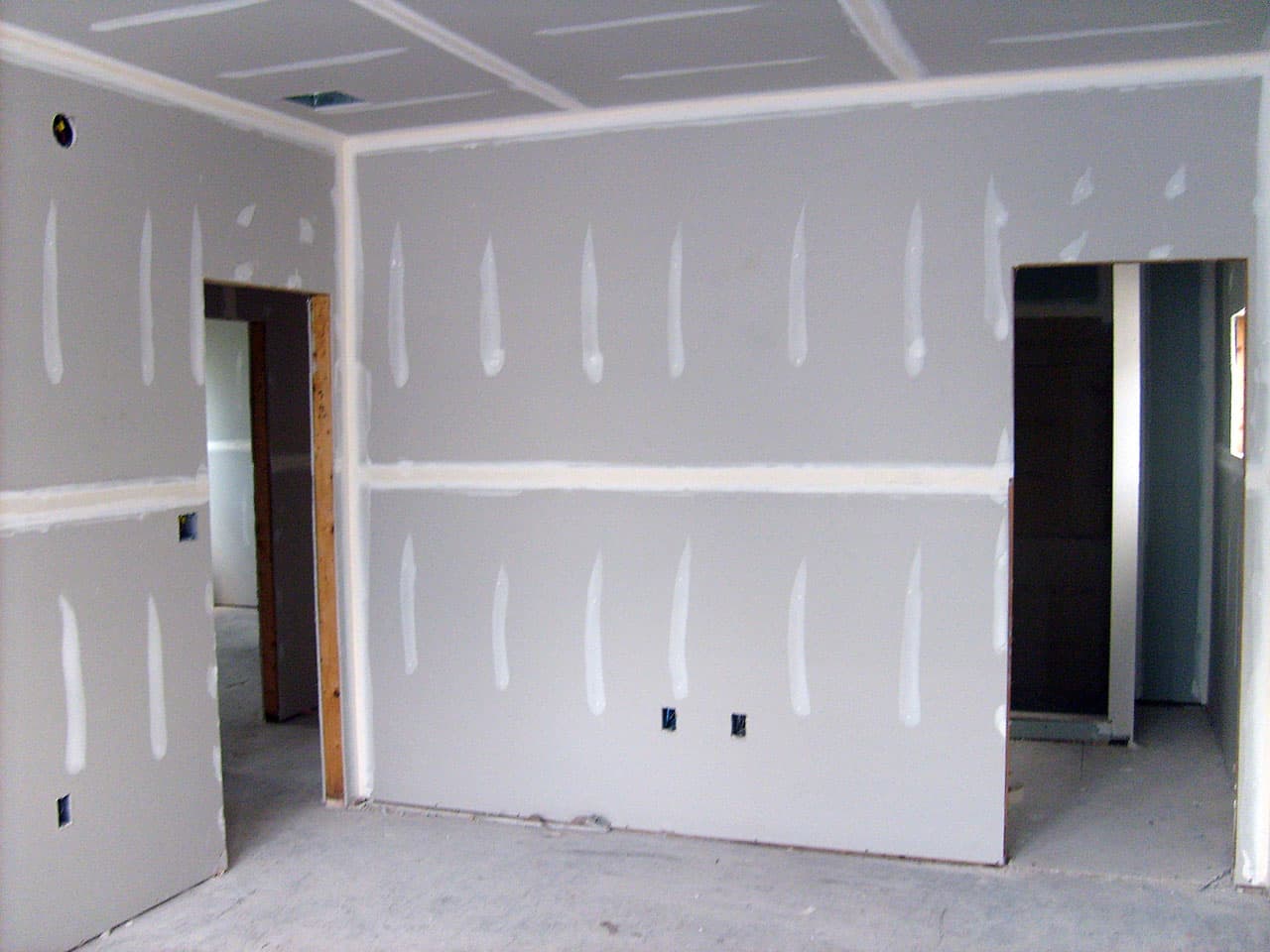

7 min read
How to Install Drywall/Gypsum Board Paneling
Interior renovationsHow to Install Drywall/Gypsum Board Paneling
Installing drywall panels (also known as gypsum boards) is a project that can seem complicated and tedious for people that don’t have the expertise of renovation specialists.
However, this process is much easier than it looks. The most important things to keep in mind are that each step should be completed with precision and that proceeding with caution is crucial to the success of this endeavour.
The main steps to install drywall panels
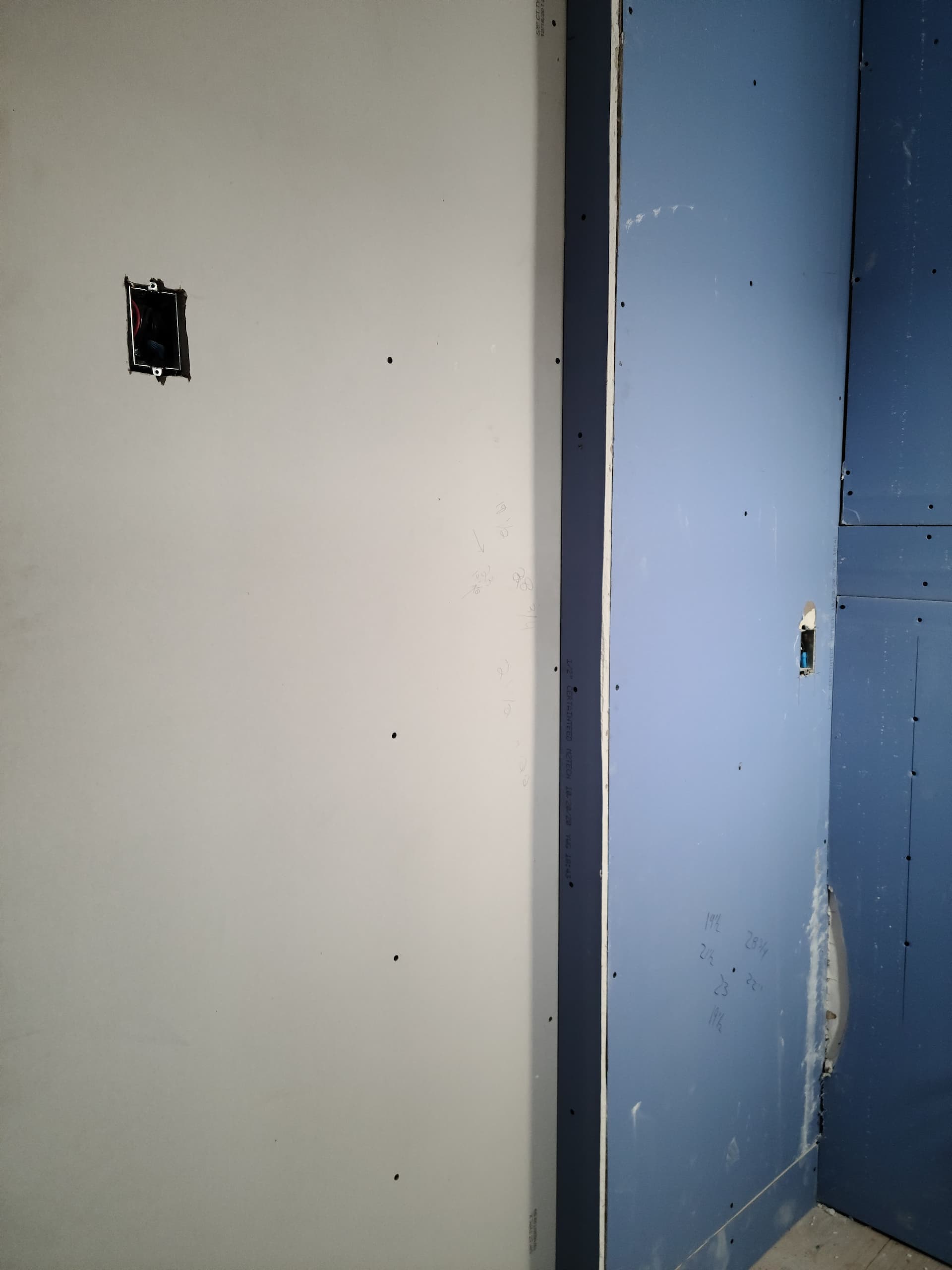
Installing the ceiling panels
It is always best to start with the ceiling panels. First, drive the nail or the screw into the panel, always making sure to avoid ripping the paper around the hole. Nails or screws must be located close to the side of the panel so they can be covered up by the paper that will be added when the drywall compound is applied.
In order to lift the panels and to keep them stable on the ceiling’s structure, use a panel lifter. If you aren’t able to or don’t want to rent this type of machine, you can make your own support using two 2x4 wood planks that are set up in a T-shape. This solution is feasible if you have a higher degree of expertise than that of a beginner.
To make the ceiling’s finish uniform, check that the joists are level. Next, apply an adhesive product to the surface. If the joists are not level, it will be important to install cleats that are placed perpendicularly to the beams. These cleats should be spaced about 16 inches apart.
Following that step, you will have to determine where the gypsum boards are going to be touching the beams. Note that the panels must be set at least ¼ inch away from the wall junctions. It will also be important to keep a distance of 3/8 to ½ inch from the edge of the wall. It is advisable to screw the boards every 12 inches or to nail them every 7 inches.
Installing the wall panels
Wall panels should be installed horizontally in order to limit the number of joints needed during the finishing process. Moreover, you must leave a space of approximately ½ inch between the floor and the panel located near its edge.
It is also important to respect the ¼ inch space separating the panel and the corner of the wall (as mentioned in the previous section) and to make sure that the gypsum board covers half the surface of the wall beam before screwing or nailing it in. This way, you will be sure that the panel is fixed securely.
Creating the openings
Take down the specific measurements to determine the exact place where the opening will be made for the doors, the windows, the lamps, the outlets or the electric panel. Use your drywall knife to cut the panel, working delicately to avoid damaging your board.
Before opening the doors and windows, remove the frames without forcing in order to avoid damaging them. Remove any nails found on the beams. Still following the 3/8 to ½ inch spacing from the wall, set the panel on the surface of the beams. You can now create the opening using your drywall knife.
Installing the inside corner beads
Now that all the panels have been set up, you have to install inside corner beads for the exterior walls, which will give the panels a perfect 90-degree angle. Start by measuring the height of the wall and cut the inside corner bead to this level using metal cutters.
Next, press the inside corner bead directly at the junction point for the wall. Before you fix it to the surface, check that the edges of the panels are smooth enough. Make sure that the inner corner bead is perfectly perpendicular to the ceiling before you secure it permanently.
Installing the gypsum panels
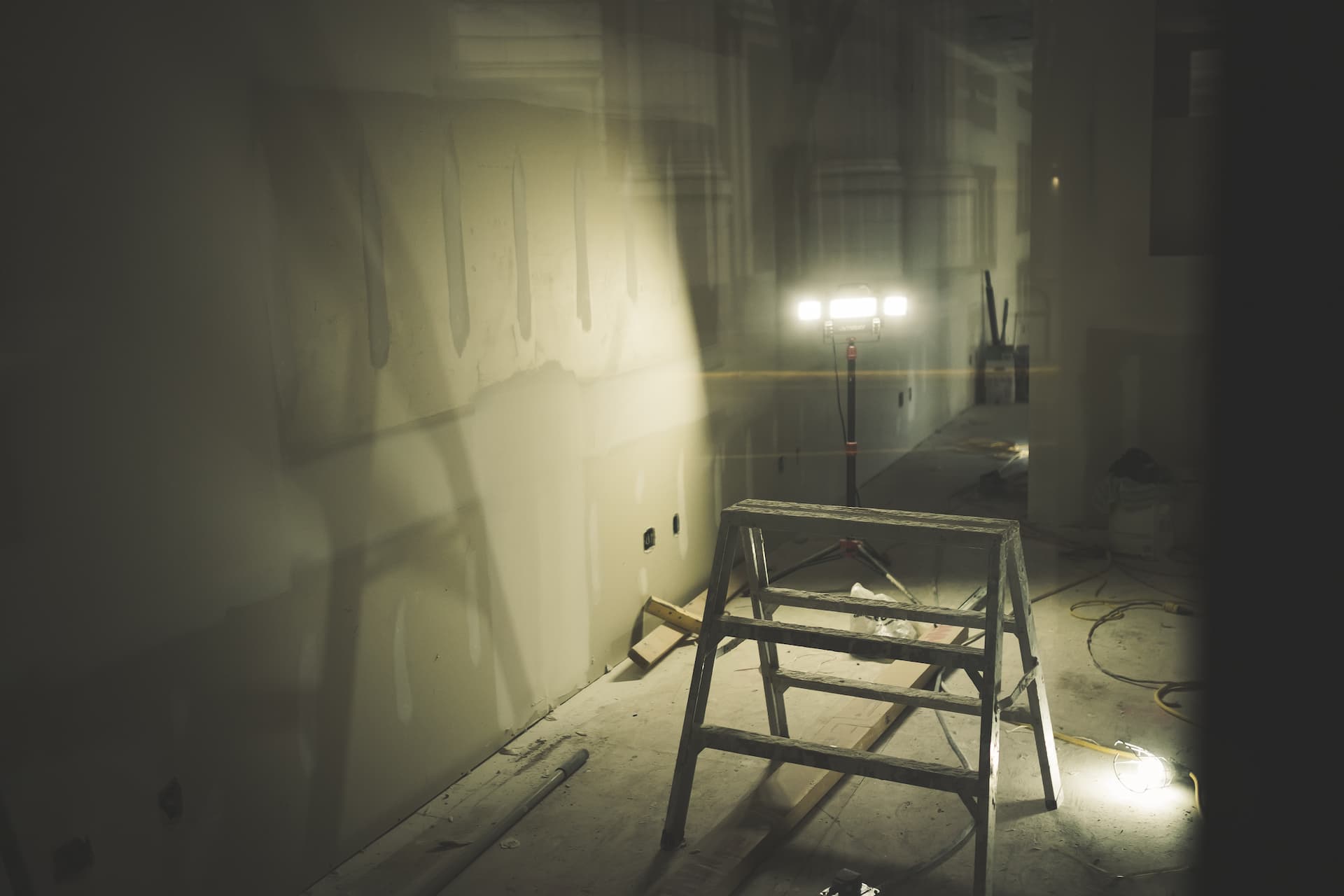
The first step is to check the location of the wiring for the electric outlets, the power switches and the plumbing in order to limit the chances of damaging those installations, which could cause harm both to your health and to your wallet.
Planning the number of gypsum boards you will need
The next step consists of planning the number of gypsum boards you will need to complete your project. Start by measuring the horizontal and vertical area (including the ceiling area). Once the total area has been determined, divide this number by the size of the gypsum boards that you plan to buy.
For a 4ft. x 8ft. board, the area size will be 32 square feet, whereas a 4ft. x 12ft. board will cover an area of 48 square feet. It is best to mention that the 4ft. x 12ft. boards are usually the best option, as they will limit the number of joints necessary once the boards have been set up. Please note that when choosing the boards, you should opt for a product that is at least ½ inch in thickness.
Cutting the panels
To cut the panels, you must use your drywall knife to cut the paper on the boards, by following the line that was traced previously. Your T-square will be particularly useful for this step.
Secondly, set the panel down on a piece of a wood (a 2x4) and press on it firmly in a quick motion. Run the knife in the indentation, working carefully so that you don’t rip the paper. Sand down the sides of the panels several times to eliminate any uneven spots.
Tools and materials you need to set up the gypsum boards
You must plan the list of tools and materials that are required to install your gypsum board panelling. Here is a look at the items you will need:
a level;
a drywall knife;
a panel carrier (useful but not necessary);
a panel lifter (if you plan to work alone, this is an essential tool);
measuring tape;
T-square;
construction adhesive;
a drill with a screw setter bit made for drywall (if you are using screws);
a drywall hammer (if you are using nails);
inside corner beads (for wall junctions);
drywall panels (available in 4ft. x 8 ft., 4ft. x 10ft. and 4ft x 12ft.);
metal Cutters.
The most common mistakes when installing gypsum panels
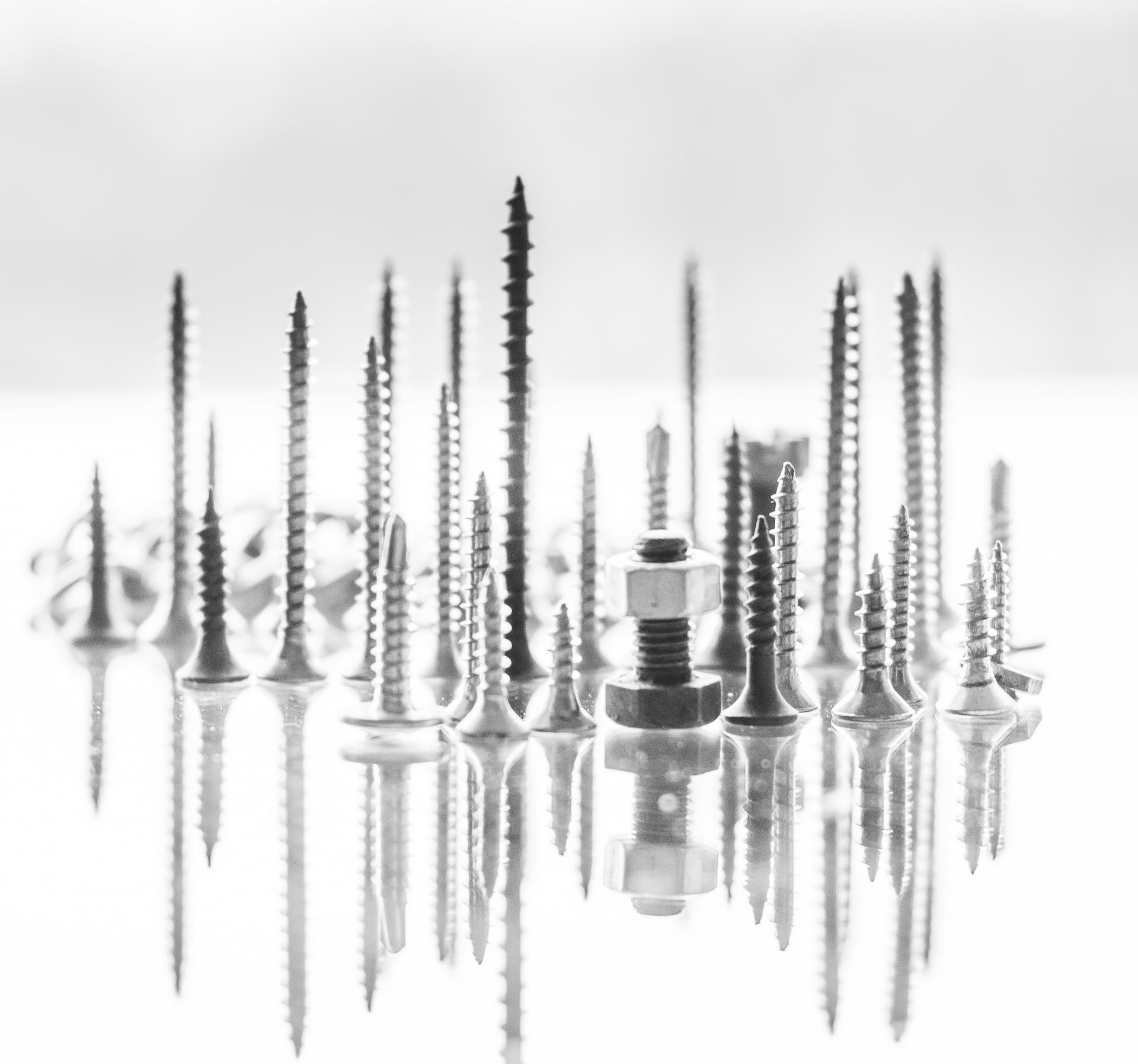
A common mistake is to knock the bottom edge of the panels on the floor by distraction. Remain vigilant, as the edges and corners tend to crumble easily and your panels will be damaged. In this case, they won’t align precisely with the other once you install them on the future wall.
Another mistake that many people make is that they forget to take into consideration the type of room in which the panels will be installed. Panels with soundproofing qualities should be installed in the living room, where music and movies will be played at a high volume, whereas panels that are treated against humidity (waterproof gypsum boards) will be best for bathrooms, washrooms and kitchens.
Lastly, do not put joints over door frames or any corner frames. If so, should an impact occur, the wall will be more likely to crack.
A few important specifications
Although it is possible to use nails to install the panels, it is best to use screws. This is due to the fact that the dilation caused by temperature changes may cause the nails to come out.
With regards to what type of screw is best, you should opt for screws that are 1 inch and 5/8 thick (for ½ inch thick partitions) or 2-inch-thick screws (for partitions that are 5/8 inch thick).
Before you start the work, keep in mind that it is best not to align the joints with one another, as this would create a demarcation that would be particularly hard to mask.
Summary table
Here, you will find a table that summarizes the points covered in the article.
Drywall panels installation | Instructions |
Ceiling panels |
|
Wall panels |
|
Photo: Wikipedia
Cover photo; Public domain Pictures
Author: Karine Dutemple
Translated by: Léa Plourde-Archer
Get 3 renovation quotes for your drywall installation project
RenoQuotes.com will put you in contact with 3 reliable contractors for your drywall installation project. Fill in the form on our homepage (it only takes a few minutes), and you will receive quotes from trusted professionals.
Dial 1-844 828-1588 to speak with one of our customer service representatives
Last modified 2023-11-07
Looking for something else?
Related articles
The latest industry news, interviews, technologies, and resources.
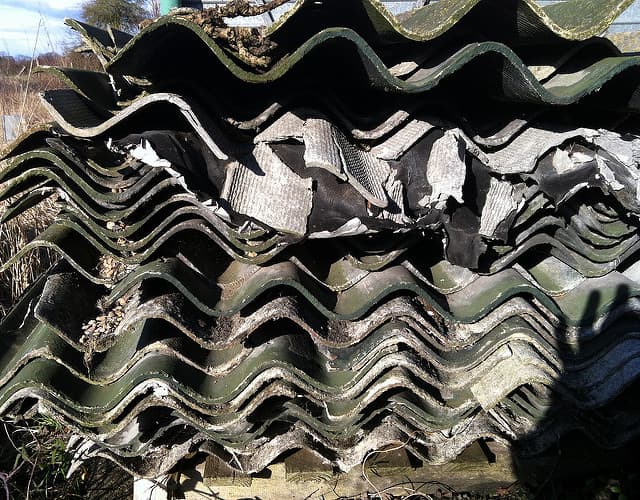
N/A • 07 Nov 2023
Although asbestos is no longer permitted in the construction or renovation of current homes, it is still possible to find asbestos today in several old houses. The harmful effects of exposure to asbestos are no longer a secret, which is why asbestos removal is necessary for certain circumstances. But what is asbestos removal and when is it necessary?
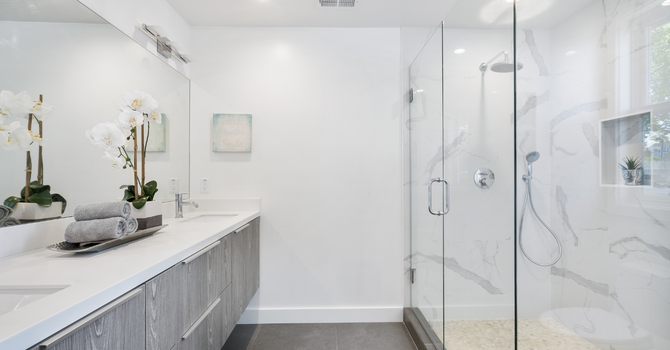
N/A • 07 Nov 2023
By now, we all know what goes on behind the closed doors of the bathroom. Washing, brushing, putting on makeup in the mornings, going through the steps of your bedtime routine in the evenings. There are plenty of products and devices necessary for the rituals of a bathroom.
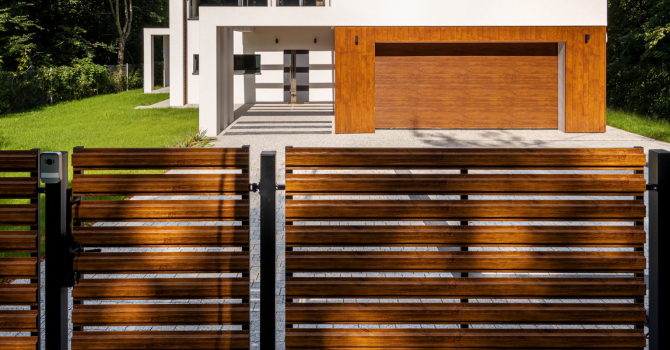
RenoQuotes.com • 18 Feb 2024
Whoever has a backyard knows that privacy is of utmost importance to be able to enjoy the warm weather without fearing gawking eyes. There are a lot of options out there, which can definitely elicit quite a few queries. The trick is to find a fence that falls within your budget, while also aesthetically pleasing and somewhat durable.
RenoQuotes.com • 07 Nov 2023
Crown moulding has been a decorative staple dating as far back as ancient Greece. This is likely due to the fact that they understood how much it can help liven up a space. The name refers to a family of mouldings which are aesthetically designed to shape and accentuate the top edge where the ceiling meets the wall.

RenoQuotes.com • 07 Nov 2023
Are you looking to restore an antique piece of furniture or give a rustic spin to a modern-day piece? Is your farmhouse-inspired décor in need of a little facelift or are you simply looking for an eco-friendly alternative to traditional paints? Milk paint may end up being just the thing that both meets your needs and spruces your DIY projects!